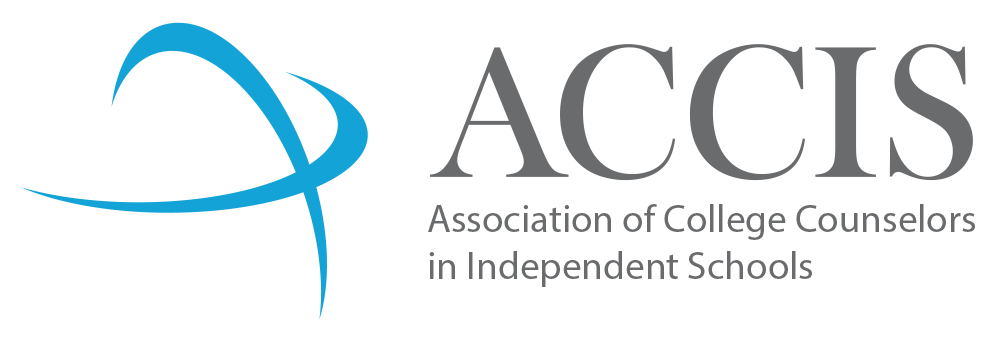A Coalition of One's Own
Bryan Rutledge
Director of College Counseling
Woodward Academy
The values and beliefs of the Coalition for Access, Affordability, and Success are commendable and appealing. How, then, do those most able to meet the needs of students team up to serve the students who need the most?
We in education are engaged in spirited debate to answer this question. It’s good to shake things up every now and then. Unless, of course, the parties rush to barricades where we question one another’s motives and are paralyzed by disagreement, cobbling a wobbly Tower of Babel. The most under-resourced students deserve our best efforts.
Sports analogies are cliché but instructive. When I taught tennis, I reminded students of basics such as keeping your eyes on the ball. Likewise, let’s review the basics of assisting under-resourced students, some of their most pressing educational needs and what will answer them. While there is nothing really new in the following list, please see it as a timely, even urgent invitation to reflection, collaboration, and action.
- Research shows that primary and secondary students lose academic ground during summers when prior learning is not reinforced. Many academic communities are fortunate to have the facilities, professors, teachers, and time to conduct a month-long summer course for under-resourced populations that reinforces the basics: pure math, laboratory science, and analytical writing. Imagine what could be accomplished if these short courses were co-taught by master professors and schoolteachers. Imagine complementing the academic lessons with classes co-taught by admission and college counselors: classes on financial aid, scholarship, application essays, resumes, standardized tests, and interviews.
- As with all major institutions, education has an essential political front to reach those who hold the levers and purses of power. There are success stories. For example, from California to Alabama leaders in state governments have been implementing strategies to reduce or even eliminate tuition for community college. Colleges and universities profit by making room for transfer students who take this path. The White House, too, has weighed in with initiatives to reduce college costs and crippling loan debt. Whether individually or collectively, we all can make our voices heard in these efforts.
- Colleges and universities have the option of exercising flexibility in their use of standardized tests in admission; just ask the over 800 schools that have gone test optional. Considering the barrier to admission that standardized tests can present to under-resourced groups, as well as the questionable validity of over-reliance on such tests, a thoughtful review of how they are used could increase access and success.
- Part-time and online studies are vital to under-resourced students. Such flexible learning enables those with families, time and transportation constraints, and jobs to advance themselves.
- Promotional emails, brochures, and the like are essential to the enrollment strategies of all kinds of schools. But promotional messages can be accompanied by service messages, showing not only how fabulous the school is, but how to meet the requirements for admission as well as find the means to afford education.
- Business people are always concerned with “value-added takeaways,” and with good reason. In harmony with their liberal arts missions, colleges and universities can integrate internships, individualized advice that keeps graduation on time, and vigorous career and professional school counseling.
- For primary and secondary schools that lack computer and Internet resources, funds are required to answer these needs and put tools in the hands of those who can then get the job done, as Britain implored the U.S. during World War II.
Tireless souls are already devoting themselves to these seven topics. My point is that even though each person’s list of priorities will vary, we know reasonably well what needs to be done for under-resourced students, and more could be accomplished using the tools already in our hands, namely our professional organizations encompassing academic, college, personal, career, and admission counseling. These organizations have the means to corral the topics and take on the thornier details of implementation. Or, we can disperse our efforts and wonder why change is so slow.
The details of access and affordability are as complex as they are pressing, calling for open and creative debate on the best way to proceed. At the end of the day, though, proceed we must. As T.S. Eliot wrote, “We shall not cease from exploration, and the end of all our exploring will be to arrive where we started and know the place for the first time.” Once arrived at that place, all hands are needed to make a practical difference.
Like our tennis player, are we keeping our eyes on the ball? Are we devoting enough time to asking under-resourced students what they need and really listening to their answers? Can we coalesce around concrete priorities and invite everyone to take part? And when exclusion is the problem, does another exclusive group advance our common goals? The ones in greatest need are eager for the answers.
